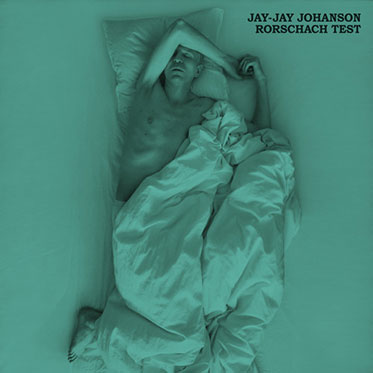Jay-Jay Johanson became an artist to follow instantly, when he debuted in the nineties with the duo formed by ‘Tattoo’ (RCA, 96) and ‘Whiskey’ (RCA, 98), in a sensation confirmed shortly after thanks to the magnificent ‘Poison’ (RCA, 00). The Swede is now publishing a new studio album, two years after ‘Kings Cross’ (29 Music, 19) and sealing a reference that signifies a logical continuation of that one. Although it has always been handled between welcoming taciturn-looking electronic pop, the author has found himself in recent years turned with more conviction towards jazzy landscapes that he completes with trip-hop strokes.
They are the last elements that the musician has seen fit to add to his sonic palette, in a mixture whose ingredients macerate in harmony until curdled in this delivery. ‘Rorschach Test’ (21) is a silky and romantic album, in which Trollhättan’s album expands that lyrical poetry with which it transforms sentimental manners into elegance of its own personality. After more than twenty years of career, Johanson’s line is so recognizable that it is a champion in itself, as well as an argument with which to build loyalty to his followers. It happens thanks to pieces like the delicious “Romeo”, the single “Why Wait Until Tomorrow”, the spiritual narrative of “Amen”, a “Stalker” that could almost have belonged to Tricky, or the piano instrumental “Andy Warhol’s Blood For Dracula”. His interpretation – as suggestive as it is sentimental – connects the ten pieces of the same story, in what is a coherent and balanced album in its inherent theatricality.
‘Rorschach Test’ (21) is another sample of elegance and intrinsic melancholy, embodied in fine compositions and sensitive execution. The music of Jay-Jay Johanson it continues to be preferably autumnal, and this album is but another conclusive proof of that. And the fact is that the depth derived from his fragile crooner disposition is still latent, and generates nostalgic but also warm and welcoming postcards. The Scandinavian’s catalog – meditated, away from that more explicit modernity of its beginnings and with a soul – continues to be a delight for the senses, by sculpting beauty and sadness in such a way that one cannot be understood without the other.
–


